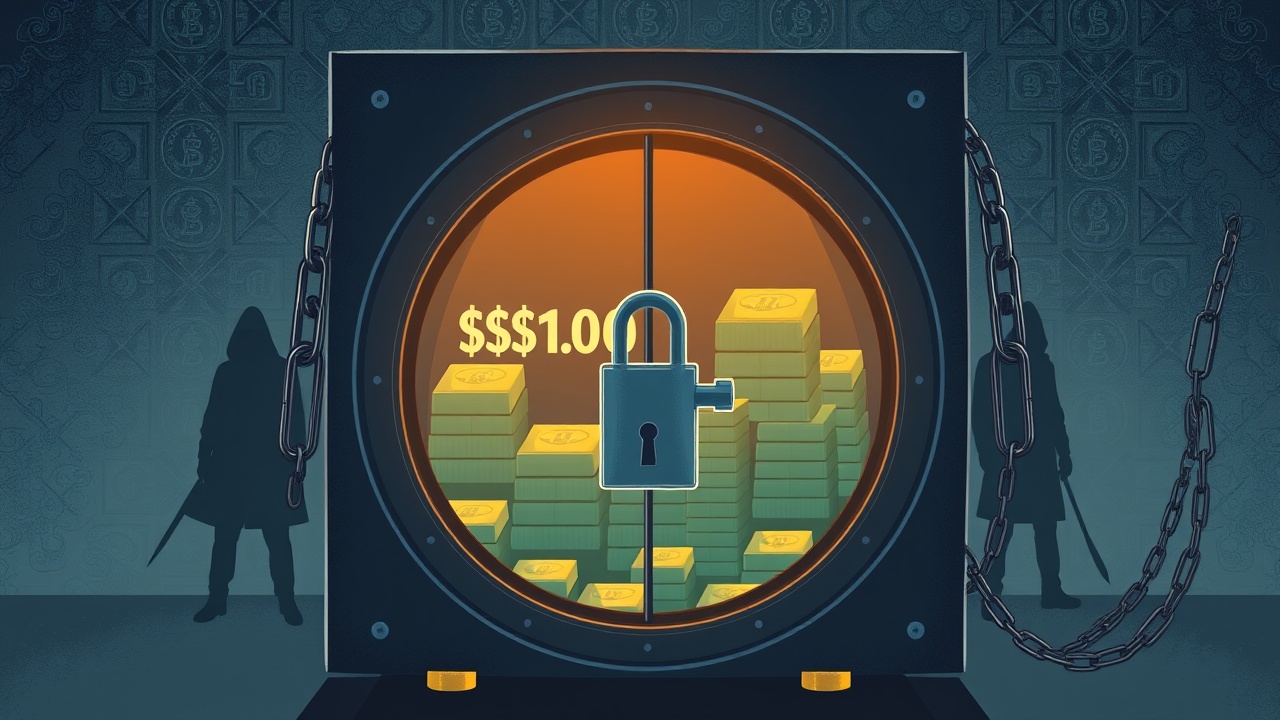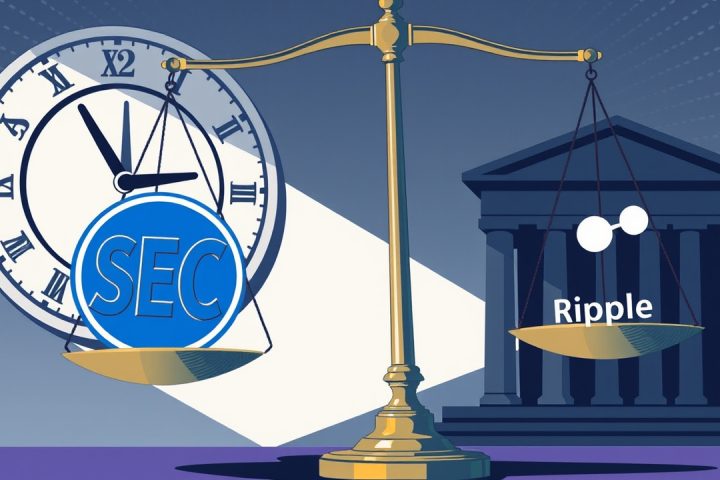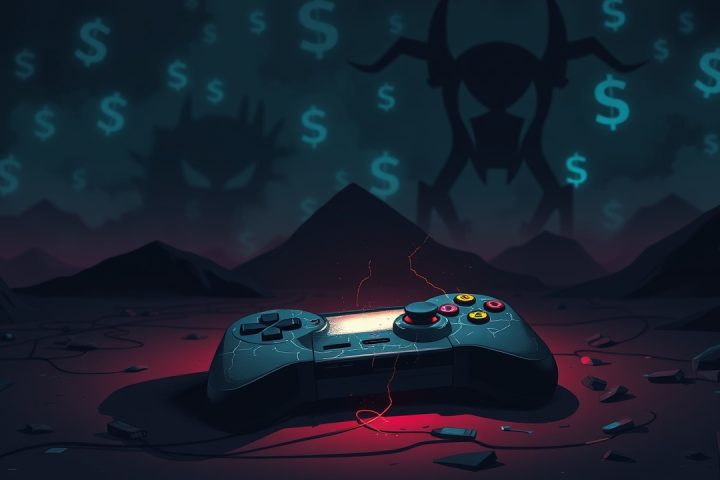Incident Overview
On April 23, 2025, a Twitter user known as Brain sought assistance after becoming embroiled in a troubling situation involving unibtc, a cryptocurrency asset linked to Bitcoin on a Layer2 chain. Brain reported that over $100,000 of his unibtc assets were suddenly inaccessible due to actions taken by the officials at Bedrock, the entity behind the asset.
Triggering Event
The incident began on April 17 when a user referred to as ‘W’ noticed a strange anomaly in the pricing of unibtc compared to Bitcoin (BTC), causing the assets to become decoupled. Believing the decoupling was temporary, W seized what he thought was a lucrative arbitrage opportunity and transferred part of his BTC to the Bitcoin Layer2, trading it for unibtc with the intention to sell once the prices realigned.
Consequences of the Decoupling
A mere day after the decoupling, the price of unibtc returned to its expected anchor value. However, W faced a significant hurdle: the unibtc-BTC liquidity pool essential for trading had been removed by Bedrock officials, effectively leaving him without a way to liquidate his holdings on the chain.
Desperate for a solution, W attempted to transfer his unibtc assets via the only available cross-chain bridge, known as Free, only to be blocked once more—this time by a prompt indicating that signature approval from Bedrock was required to proceed.
“W learned that Bedrock controlled the keys necessary for any cross-chain transactions.”
Initially, the response from Bedrock indicated that while W could recover his principal investment, his accrued profits remained under evaluation. As W realized the gravity of his predicament—that nearly $200,000 in unibtc was effectively frozen—he grew increasingly frustrated with vague timelines and excuses from Bedrock officials, who cited risk assessments and technical inquiries.
Eventually, Bedrock suggested that an issue with another platform, LayerBank, which had allegedly borrowed large volumes of unibtc, adversely impacted the market price. W subsequently sought accountability from LayerBank but encountered prolonged silence.
Turning to Social Media
With little choice left, W took to social media for help, and after two weeks of negotiations, he finally managed to recover his assets with assistance from both LayerBank and Bedrock. However, W’s situation is not an isolated incident.
Reports indicate that Bedrock has previously engaged in similar tactics, freezing unibtc assets for other users, which raises serious red flags about their operational protocols.
Implications for Centralized Financial Systems
The manipulative power dynamics demonstrated by Bedrock, coupled with the apparent complicity of Free in denying users unfettered access to their assets, showcase the weaknesses inherent in centralized financial systems within the blockchain space. The centralized authority wielded by the Bedrock platform poses a pressing concern, as does the troubling relationship between the bridge service and the asset issuer.
This incident highlights the ongoing debate surrounding trustless, decentralized asset custody solutions as a safeguard against such crises. Previous cases, such as the Harmony Horizon Bridge fiasco and various other centralized exchanges, exemplify the vulnerabilities that can arise when custodial powers decide to halt access to user assets under precarious circumstances.
Call for Decentralized Solutions
Innovations in decentralized finance emphasize the necessity of trustless systems to discourage centralized oppression in asset management. DeepSafe has outlined a potential solution that combines advanced cryptographic principles with multiparty computation technology to enhance security and user autonomy in asset custody scenarios, presenting a more resilient model moving forward.
Conclusion
In summary, the freezing of unibtc assets serves as a cautionary tale regarding the critical importance of developing trustless solutions in the cryptocurrency space to ensure user access and protect against arbitrary intervention by centralized entities.




